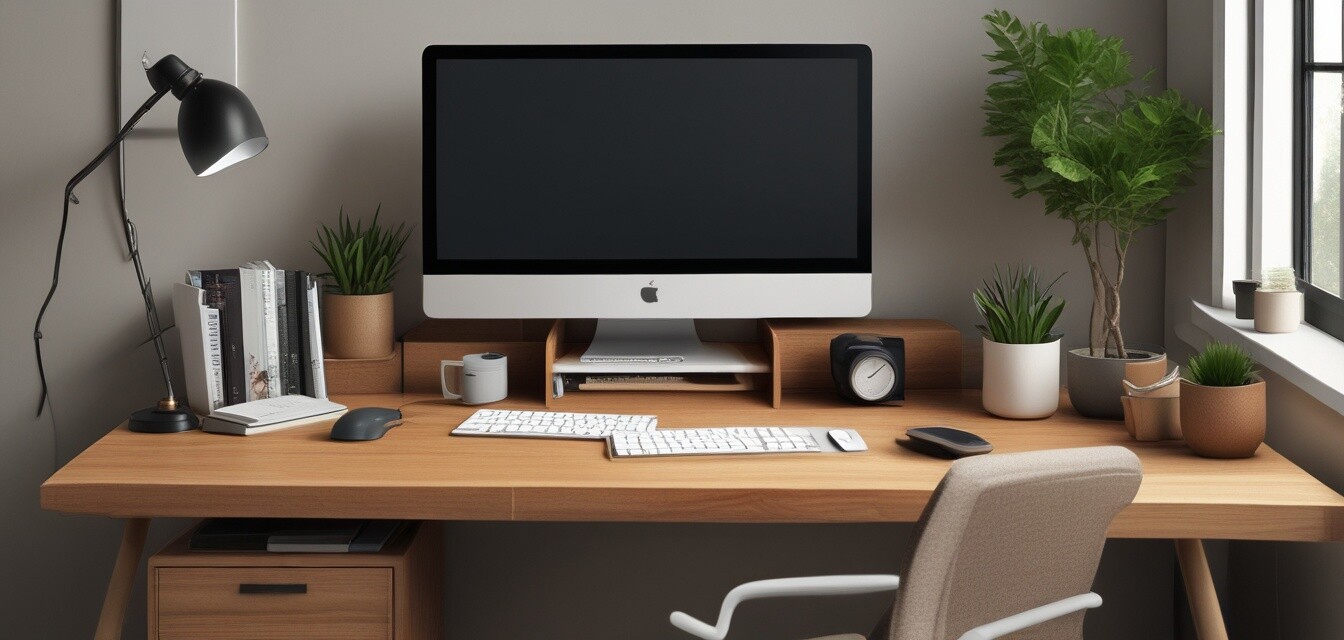
The Impact of Remote Work on Furniture Trends
Key Takeaways
- The shift to remote work has significantly influenced furniture design trends.
- Sustainable materials are becoming increasingly popular among consumers.
- Home office spaces are being optimized for productivity and comfort.
- The demand for multifunctional furniture is on the rise.
- Technology integration is a key consideration in modern furniture design.
The COVID-19 pandemic has undeniably changed the landscape of work. As many employees have transitioned to remote work, there has been a notable shift in furniture trends. In this article, we explore how this evolution is impacting the design and materials used in furniture—especially in the realm of sustainable options. The growing interest in eco-friendly solutions is reshaping how we think about our living and working spaces.
1. The rise of remote work
Remote work isn't just a temporary trend; it is reshaping the traditional work environment permanently. According to a recent survey, a significant percentage of employees prefer working from home, prompting companies to reconsider their office space design.
1.1 Employee flexibility and productivity
As people work from home, there is a greater emphasis on creating a comfortable and productive workspace. Employees are looking for solutions that allow them to perform at their best while enjoying the benefits of a flexible work schedule.
2. Shifts in furniture design
The need for effective home office setups has spurred changes in furniture design. Here are some notable trends:
| Trend | Description |
|---|---|
| Ergonomic designs | Furniture that prioritizes comfort and health, reducing strain during long hours of work. |
| Multi-functional furniture | Pieces that serve multiple purposes, like desks that can transform into dining tables. |
| Minimalist aesthetics | Clean, clutter-free designs that enhance focus and provide a peaceful work environment. |
2.1 Sustainability in focus
With the increase in remote work, consumers are also becoming more conscious about sustainability. Sustainable furniture is not just a trend, but rather a standard many prefer when choosing products. This is impacting manufacturers to innovate using eco-friendly materials.
Tips for creating a sustainable home office
- Consider using reclaimed wood furniture for a rustic touch and less environmental impact.
- Choose office chairs that are made from recycled materials.
- Opt for energy-efficient lighting to save on power and promote a greener workspace.
- Invest in plants that improve air quality and create a calming atmosphere.
3. The demand for technology integration
As the lines between work and home blur, technology integration is becoming a vital component in furniture design. Smart desks with built-in charging ports, wireless charging spots, and adjustable features cater to tech-savvy remote workers.
3.1 Connectivity and organization
Furniture that helps organize technology—like cable management systems—can create a cleaner workspace, reducing visual clutter.
Pros
- Enhanced productivity through designed workspace.
- Increased employee satisfaction and comfort.
- Environmental responsibility through sustainable choices.
- Access to multifunctional designs that save space.
Cons
- Initial investment costs can be higher for eco-friendly furniture.
- Some consumers may struggle to find designs that match personal style.
- Not all sustainable options are available in every region.
4. The future of office furniture
As we look ahead, it's clear that the remote work trend has permanently altered our perception of office furniture. Innovations will continue to occur, combining style, comfort, and sustainability.
| Furniture Type | Sustainability Rating | Functionality |
|---|---|---|
| Wooden TV stands | High | Multi-functional |
| Metal & Glass stands | Medium | Stylish and modern |
| Modular furniture | High | Customizable |
5. Conclusion
The impact of remote work on furniture trends is profound and will continue to influence consumers’ preferences moving forward. Emphasizing sustainability, ergonomics, and technology integration, the furniture industry is quickly adapting to meet these evolving demands. Home and office spaces are becoming extensions of personal values regarding sustainability and design.
To learn more about sustainable furniture options for your home, check out our wooden TV stands or explore our buying guide for further insights.